Yamaha WXA-50 brings a lot to the table. It’s an integrated amplifier for sure, but it also comes with a whole digital section, and even more – a fully capable streamer. With this, Yamaha hopes WXA-50 can be the heart and soul of your HiFi setup. It’s reasonably priced too, so I’m excited to check how well it performs.
Build and Connectivity
Out of the box, Yamaha WXA-50 immediately impresses with its metal build. A combination of steel frame and aluminium plates feels sturdy and looks stylish too. Because of it, the unit is reassuringly weighty despite its slim profile. When it comes to the front of the unit there’s not much to talk about – there’s a power button, source select button, and the last one is for pause and play. Next to them, we find two status LEDs, followed by a big aluminium volume knob with a nice clicky feeling to it. You can place WXA-50 either horizontally or vertically by using a vertical stand that comes in the box.
The back of the unit is where the fun starts actually. First, there are sturdy-looking speaker binding posts that will accept speakers down to 4 Ohms. The Analog section contains just one pair of RCA inputs (for the external device such as CD player) and one pair of analog RCA outputs. The Digital section has an optical SPDIF input you could use to connect an external DAC or TV for example. The USB input is not meant to accept the audio signal, it is meant for attaching storage devices such as USB flash. But the most interesting part is the built-in streamer and we have two ways of connecting to it – via Ethernet cable or by using a Bluetooth connection. Aside from it, there’s a subwoofer out and 12V triggers to be found on the back.
A remote is provided too, but unfortunately, it doesn’t hold to the high build standards of the rest of the unit. It’s super small, thin, and as plasticky as it could possibly be. It fully reminded me of the one I got with a remote-controlled RGB LED strip costing just seven dollars. So there’s no beating around the bush here, it’s a very cheap remote and a thorn in the side of the otherwise high-quality-looking product.
MusicCast – Control App
When there’s a streamer onboard there also has to be a way of controlling it. For this purpose, Yamaha created its own app called MusicCast. As I’m an Android user, I downloaded it from the Play Store and followed a few easy steps needed to connect to the device. Once it was up and running, I noticed it’s quite rich with features, offering multi-room control among other things, but I’ll focus on controlling one unit and its streaming section here. For this purpose, I connected to both my Tidal and Qobuz accounts, tried listening to few internet radios, etc. The first thing to notice is that UI is clean and functional, if you ever used any similar app you should have no trouble finding your way around MusicCast.
For the time I’ve been using it, it behaved snappily and reliably too. If you dig a little bit into the settings you’ll find Sound Settings that contains several adjustments and sliders such as Balance, Subwoofer volume, bass, and treble controls, etc. You can also opt for a Direct option and bypass all of these DSP functions for the shortest and cleanest possible signal path. It’s an app done right and I have no complaints about it whatsoever.
Testing
I’ve started my testing using my own Allo DigiOne streamer and Denafrips Ares II DAC connected to the analog inputs. On the other side, I’ve tried several speakers, ranging from Elac Debut B5.2 that proved to be a very nice match, all the way to KEF LS50 that is proven to be a somewhat difficult load. However, Yamaha WXA-50 proved able to hold a very firm grip on them. The sound this amplifier treated me with was very resolving and mostly neutral. The bassline is punchy, firm, and tidy, with tone texture easily heard. The midrange section is very present and informative, and so is the highest spectrum. Tonally, Yamaha is ever so slightly on the analytical side of things but never going overboard in that direction unless provoked by some other aggressively sounding component. Dynamics and microdynamics are very good for the class, while leading edges are energetic, making for a lively and engaging presentation.
When it comes to sound-staging, it is yet another good news. Yamaha WXA-50 is capable of developing quite a wide space, with neatly separated instruments. Respectable high-frequency extension lends the sense of air and conveys the recording atmosphere with ease.
Moving to the digital section, and using Yamaha’s own streamer and internal DAC – I was once again pleasantly surprised. A very slight loss of soundstage depth and tone timbre was observable compared to my own streamer and DAC combo. This is nothing to be taken against little Yamaha as mentioned combo costs more than this whole integrated amplifier. If anything, I would have expected the difference gap to be bigger but that simply wasn’t the case. This means that the streaming section is not here just to be checked off the list, but it is well-implemented and sonically capable. I was very happy with this finding since most buyers will use WXA-50 exactly this way – as an all-in-one solution.
There’s something worth mentioning when it comes to the internal streamer. The sound signature will differ a bit if you choose to utilize DSP capabilities compared to using a Direct option to bypass them. When DSP and Enhancer are enabled – two effects can be observed. The first one is that sound becomes a tad fuller and sweeter which made for a more relaxed and fluid presentation. That thing I perceived as a slight midrange dryness earlier is completely gone now and I loved it. The second one is that there is just a slight loss of micro-detailing compared to Direct mode. I know some purists will disagree, but I was personally happy to gain this kind of more listenable tonality at the expanse of absolute clarity.
Comparison and Pairing
NAD D 3020 V2 is another affordable class D amplifier with a digital section. It’s slightly more affordable but doesn’t come with a streamer built-in. Sonically, NAD is a bit softer and less define when it comes to the bassline. Its upper bass is somewhat looser, adding a slight warmth to the midrange in comparison to the more analytical presentation of Yamaha. That said, WXA-50 does present edges and transients in a more crisp fashion which helps with etching musicians more precisely. Layering is more pronounced too and there’s a sensation of more space around each instrument. Finally, Yamaha is somewhat snappier and livelier sounding. To cut the story short, I find WXA-50 to be the more competent of the two.
A slightly drier presentation will not suit every speaker equally, and I wouldn’t pair Yamaha to an already analytical speaker such as Monitor Audio Bronze/Silver or somewhat upper register aggressive B&W 6xx speakers for example. In such cases, you might as well prefer NAD’s tonality. That said, pair this amp with any neutral to warmer-sounding speakers such as KEF Q series, Wharfedales, Q Acoustics, etc. and you should get a very competent and tonally balanced HiFi system.
Concluison
Yamaha WXA-50 is an all-in-one solution that checks most of the boxes. It’s versatile, functional, and most importantly it sounds great. The asking price is around 500 euros/dollars and that made me think what kind of separates could I buy for the same amount of money. Now, we’re talking about getting an integrated amplifier without a digital section, then external DAC, and finally a streamer. Don’t forget to leave some of the budget for connecting cables too. It was very clear – there’s just no way to find such separates that would match Yamaha’s sound fidelity at a similar price point. That led me to the conclusion that WXA-50 is not just good, but a great proposition for everyone wanting the best possible sound quality from this kind of budget. Going with separates makes sense only if you know that you can’t settle with one device and you’re likely to upgrade your system constantly – device by device. But if you just want to buy a good-sounding system and enjoy your music without additional spending and upgrading whenever you feel bored – Yamaha WXA-50 is an outstanding value and should be at the top of your list.
| YAMAHA WXA-50 – CHARACTERISTICS |
|
Network section: DLNA Version 1.5 |
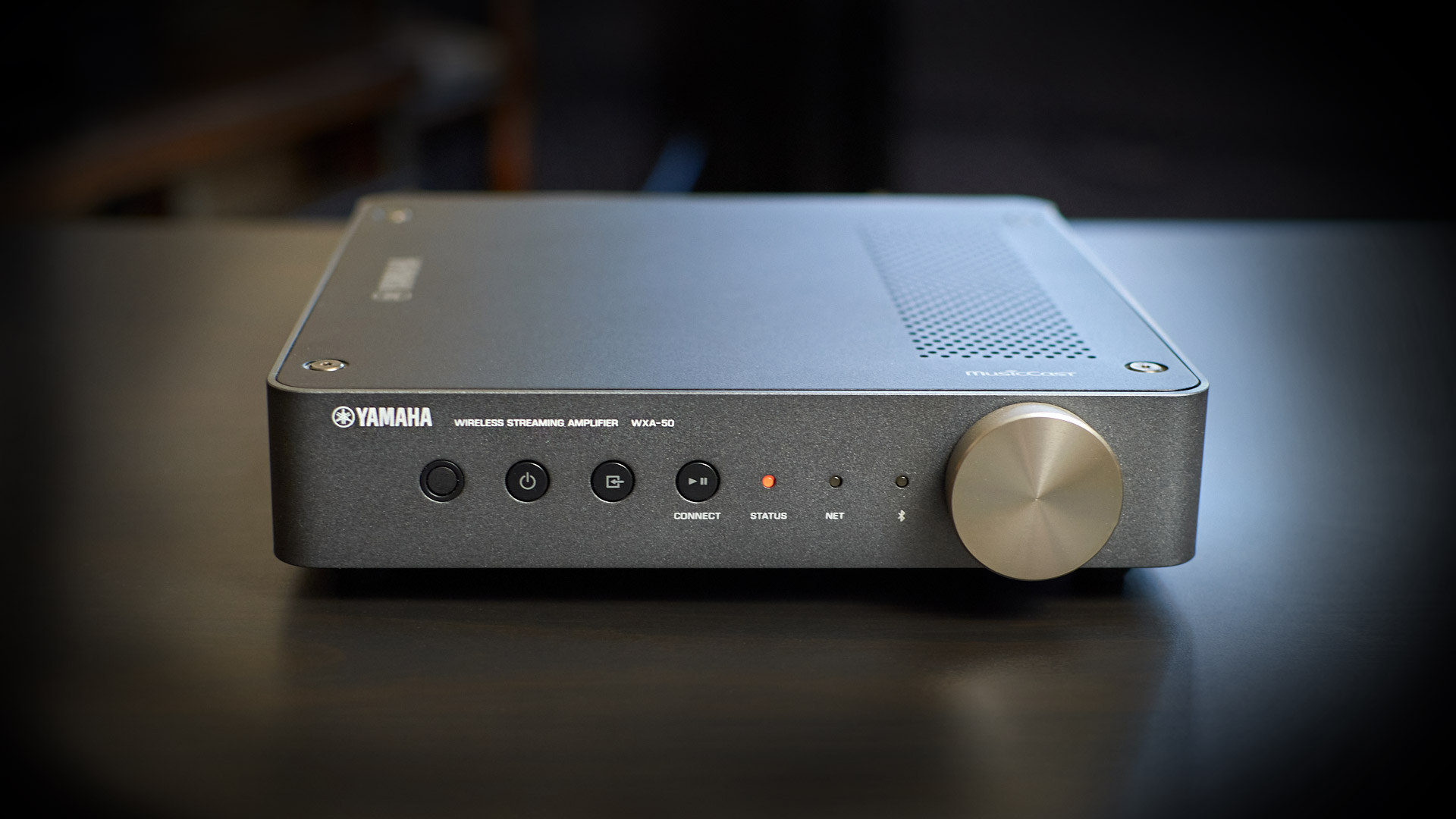

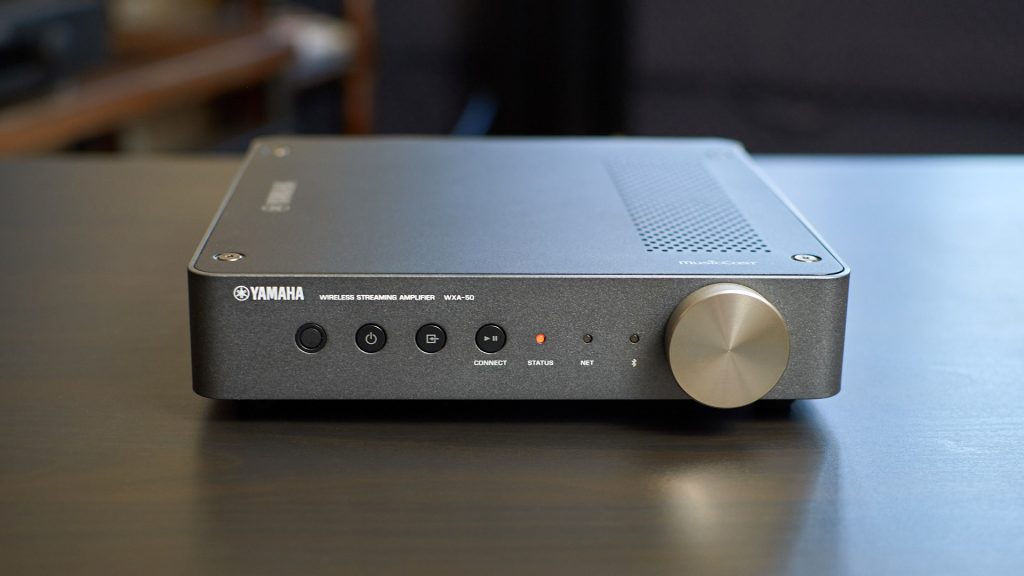

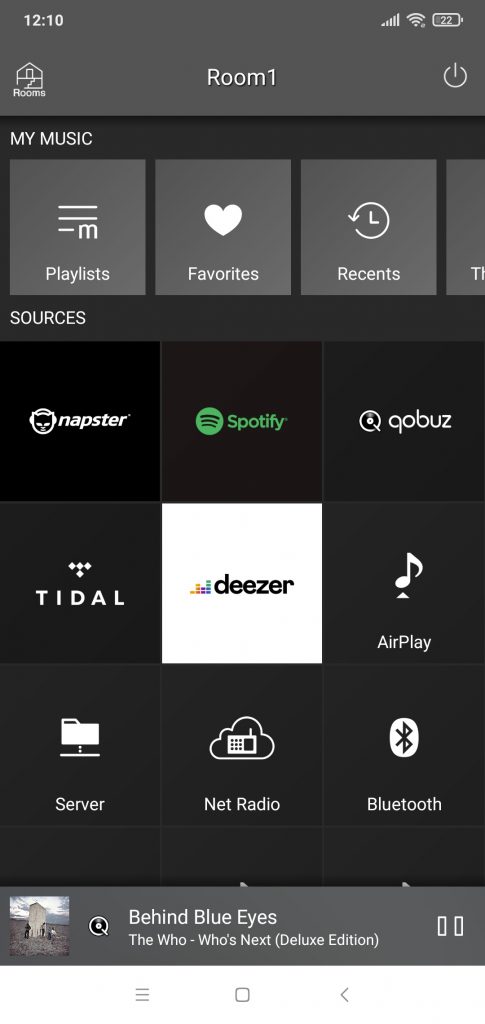
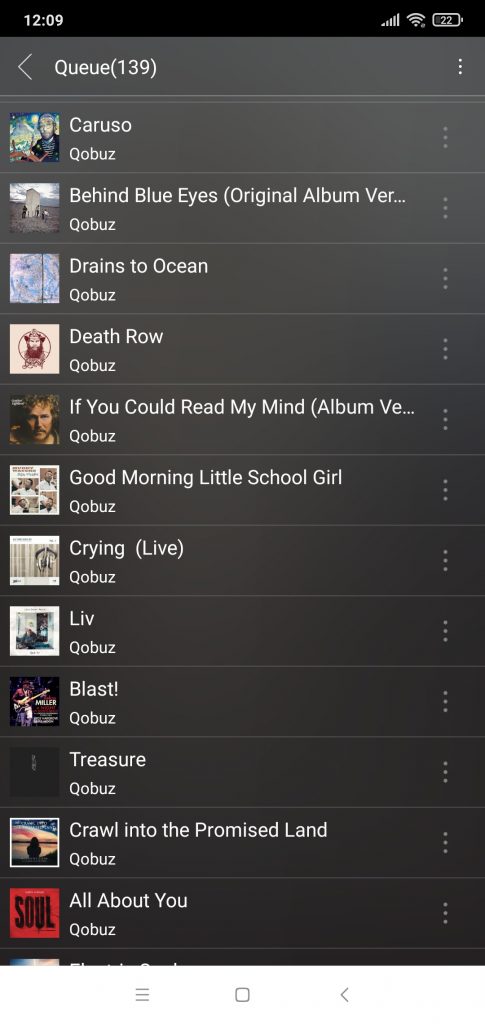
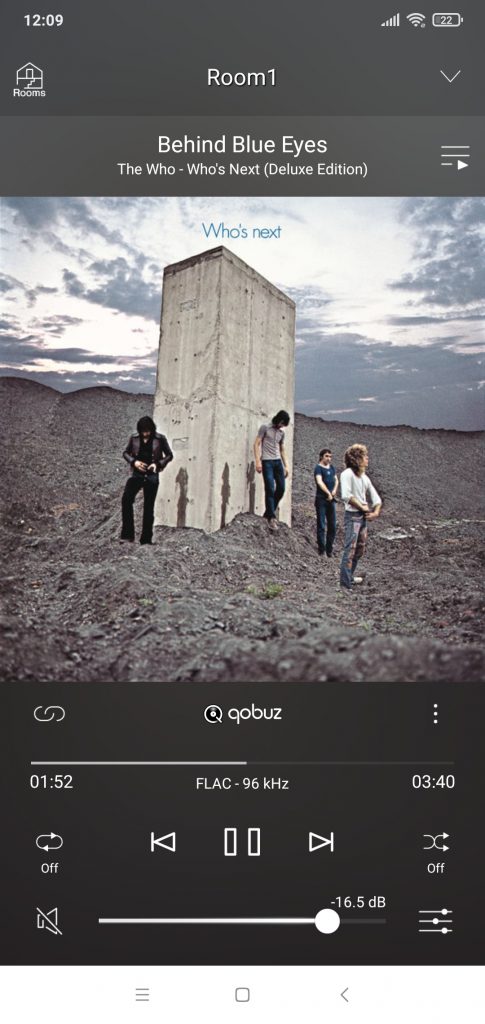
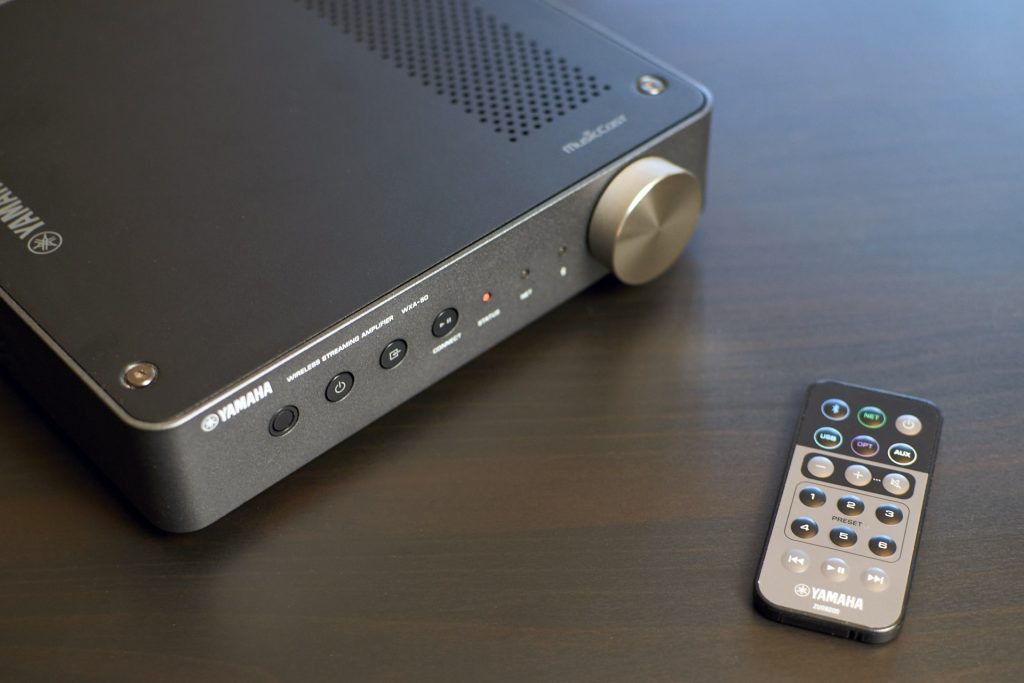
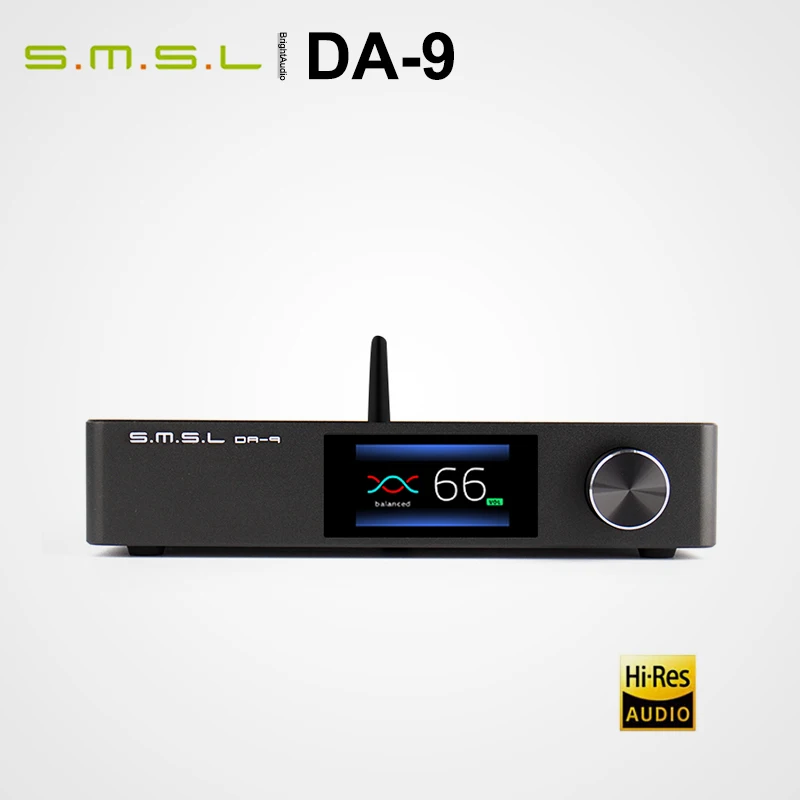



Zdravo Srboljube,
U potraznji sam pojacala koji ima digitalne ulaze.
Tretnutno koristim samo analogna pojacala (Yamaha AX-596 i Sansui AU-301i), koje spajam sa zvucnicima kao sto su KEF Cadenza (75. godiste) i Wharfedale 225.
Pogledao sam tvoj revju (izvini za englisizam), i pitam se da li samo zbog digitalnih mogucnosti WXA-50 “vredi” da ga uzmem, ili da sacuvam svoju Yamahu i da mu dodam kvalitetan DAC (u visini cene WXA-a) ?
Inace, sve pohvale za tvoj rad.
Mnogo mi se dopao snimak u vezi tvoji “DIY” zvucnika – dao si mi neke ideje …
Hvala puno, i veliki pozdrav iz Pariza.
Ljuba
Pozdrav Ljubo, ova Yamaha ima prilično detaljan ali analitičan zvuk. Verovatno bi to bila solidna promena u odnosu na taj stariji class AB model. AX-596 konkretno nikada i nisam čuo pa je ovde jako teško dati neku pametnu preporuku. Ja bih lično verovatno radije išao putem dobrog DAC-a na pojačalo koje već posedujem.
Inače, srećna nova 2023!
Pozdrav Srboljube, u potrazi sam za novim pojačalom. Trenutačno koristim staro pojačalo od Yamahe ,(https://audio-database.com/YAMAHA/amp/a-500.html) cca 40g starosti. Zapelo mi je za oko ovo pojačalo, ali me zanima kakvo je pojačalo u kombinaciji sa zvucnicima PSB Imagine XB ili bi moji zvučnici više odgovarali za NAD 3020 v2?
Unaprijed zahvaljujem na pomoći 🙂